‘Rewild’ or renovate?
Community members voice concerns over equity, environment, ‘privatization’ in developing Zilker Park Vision Plan
An aerial map of Zilker Park with pins marking sites of major renovation proposed in the Zilker Park Vision Plan. For a more in-depth look at the Vision Plan overlayed on the park, visit https://www.designworkshop.com/zilker-park/.
When Andrew Zilker founded Zilker Park in 1917, he did so with the belief that the land “ought to belong to all people of Austin.” For a century, this philosophy has characterized the land, with Zilker Park hosting 1.3 million visitors each year. But despite the love Austin has poured into the park, it has seen its fair share of wear and tear.
“Zilker Park is being loved to death,” said Kayla Reese, advocacy manager at Austin Parks Foundation. “As the city population increases, we must take measures to ensure future generations enjoy an ecologically healthy park.”
To bring the park into the 21st century and address community and environmental needs, the Austin Board of Parks and Recreation, with consulting by The Design Workshop Inc., and input from the Zilker Collective Impactive Working Group (a stakeholder group made up of 16 local businesses and organizations) has proposed the Zilker Park Vision Plan. This 200-page document seeks to balance the park’s history with four additional guiding principles (accessibility, nature and ecology, sustainability, and equity, diversity, and inclusion) to develop a framework that ensures the 351-acre park remains in good condition.
While the Zilker Vision Plan is indicative of the changes that come with Austin’s massive growth, it likely will not be fully implemented until the end of the next decade. Plan finalization and adoption are scheduled for later this year after the plan reaches the city council around June.
As it stands now, the Vision Plan will bring massive changes to the park, including renovations, new land bridges and hiking trails, and upgrades to sculpture gardens and playgrounds. The estimated cost ranges from $200 million to $500 million.
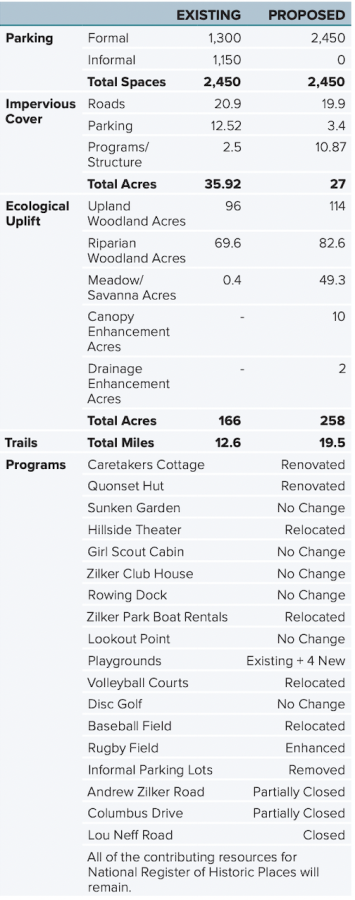
Many Austinites, however, are unaware of the Vision Plan and the changes that it would bring to the park.
“I’m very sad that I didn’t know about this sooner,” Austin resident Terri Adams said at a Parks and Recreation board meeting on Jan. 23. “This is something I care about a lot, and if I had known that such a radical plan was underway, I would have obviously been more engaged.”
Many citizens attribute this lack of clarity to ineffective community outreach. The community engagement phase spanned from November 2020 to January 2023, with methods ranging from physical pop-up booths to email surveys.
“I went to the last pop-up, and I thought it was going to be a meeting, but it was just a girl with a table, and she really couldn’t answer any of my questions,” Adams said. “I feel like the outreach didn’t have much reach.”
For example, one part of the plan is a proposed land bridge over Barton Springs Road would provide the Hillside Theater with a new, more central location to improve access to it. The relocation is currently listed as an element of the Vision Plan. In Community Survey V (located on page 174), however, 52% of respondents preferred keeping the theater where it is with improvements to the facilities. Within the 48% who elected to move it, only 6% (13% of total respondents) supported moving it to the Great Lawn. The remaining 94% (29% of the total) voted to move the theater to the landfill/lakeside location.
“This only makes it feel more and more that our voice, when heard, still does not matter,” Austinite Lisa Audiffred said.
Additionally, some residents found the surveys difficult to navigate.
“The surveys failed to even follow basic good survey practices such as offering none-of-the-above options in the multi-choice questions,” said Stephanie Hoffman, a member of the RewildZilker organization. “Further, the surveys failed to ask obvious questions such as the desire for a unified nonprofit or what the appropriate amount of the dollar investment should be.”
Citizens have identified many areas of concern with the plan, one of which is the environmental impact. The Vision Plan includes “ecological uplift” provisions. This process, outlined by environmental consultant Siglo Group, entails repairing and restoring the park’s ecology through active human management, meaning park employees would monitor ecological needs and implement interventions. Manifestations of uplift may include increasing biodiversity by plant planting pollinator plants, increasing tree coverage and installing “green” storm water infrastructure to reduce pollution in water systems.
Despite these sustainable intentions, some parkgoers don’t see ecological uplift as a viable course of action.
“We are asking for more natural areas to enjoy better protections of our natural resources and endangered species,” Audiffred said, “and while there are a lot of positive environmental uplift features in the draft, it’s simply not enough.”
Audiffred is one of many locals who have voiced support for the “rewilding” route. Compared to the renovations proposed in the Vision Plan, rewilding suggests letting nature take its course in a restoration process instead of man-made actions driving the changes.
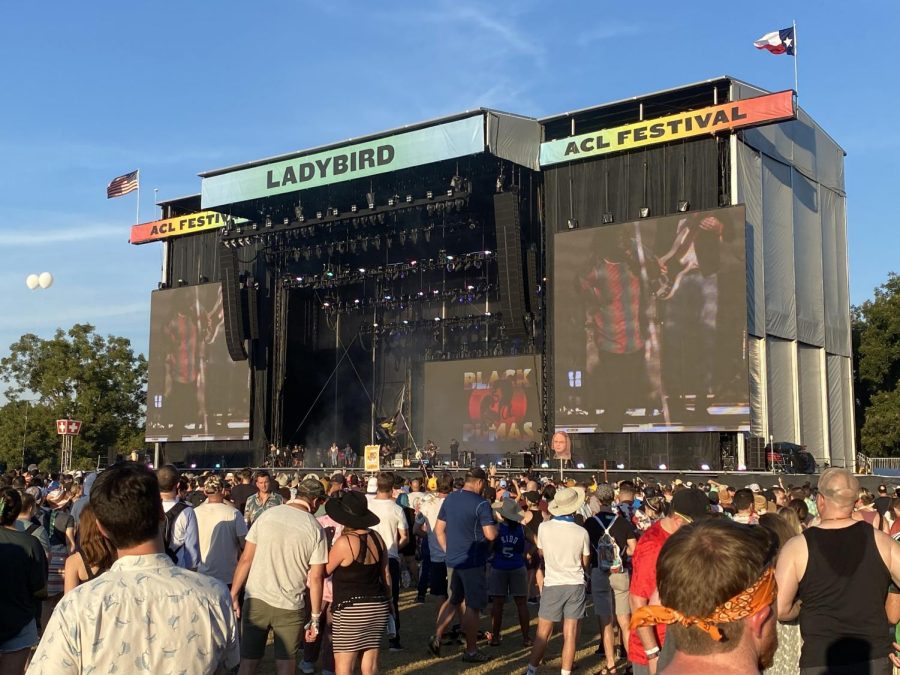
This concept has been represented by the non-profit RewildZilker group and is backed by Save Our Springs Alliance (a nonprofit focused on protecting Austin’s natural waterways) and Zilker-adjacent neighborhood associations.
“We are grateful for the increased uplift,” Hoffman said. “However, we are asking for asking the consulting team to include actual rewilding, which is two to six times less expensive than the more landscaped approach they favor. We are asking that the final draft include a map of areas to be rewilded and language that includes the word ‘rewilding.’”
RewildZilker pushes to make the environment and everyday park use a bigger priority, going up against another logistical giant: TicketMaster and ACL.
The looming threat of privatization, or the potential influence of LiveNation (the parent company of Ticketmaster) in the draft phase, worries environmentalists and citizens alike, many of whom feel that profits will take precedence over the park and the people who enjoy it outside of music festivals.
“The plan really is proposing a commercial outdoor district,” said Bill Bunch, executive director of Save Our Springs Alliance. “It’s not a park plan.”
Even though Austin Parks Foundation receives funding from C3 Presents (an Austin-based concert and event production company that works closely with ACL), the parks board has stated the planning team’s contact has been limited to local offices and park event organizers, not Design Workshop; in other words, the plan has not been designed with music festivals and live events as the central focus due to a financial incentive; however, videos uncovered by RewildZilker suggest otherwise.
“Our worst fears about the secrecy, lack of transparency, and completely unacceptable degree of influence from a multi-billion-dollar global company are confirmed in these videos,” RewildZilker stated on Feb. 14.
RewildZilker sent a letter to the Parks Board with this information, urging the board to halt the planning process and reevaluate. The organization suggested a reworking of the plan to lower the price tag, increase ecological focus and inclusion of rewilding, factor in more community input and prioritize the city’s climate and equity plan and daily park use.
On Feb. 25, the Parks board met and discussed the contracts ACL holds with Zilker but did not address ReWild’s allegations, nor does the most recent draft address the recommendations.
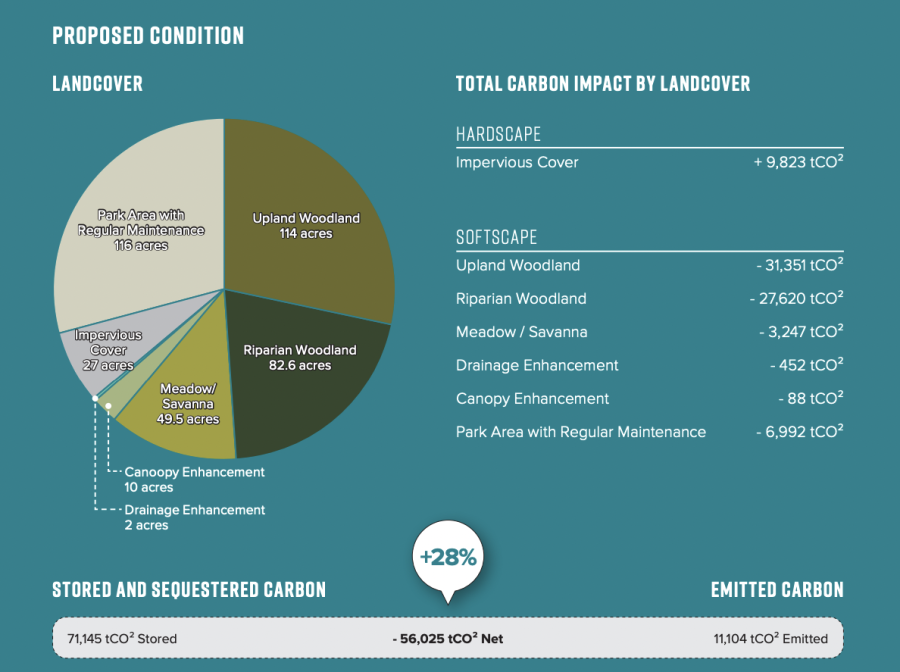
Some Austinites argue that ACL has outgrown Zilker Park, separate from privatization worries and out of concern for the park environment.
“I think the vision of this city should be included in the plan that at some point we consider moving ACL to some other location or setting a limit on the number of people who go to any event in Zilker Park,” Austinite Scott Cobb said at the Jan. 23 meeting. “Somewhere around 25,000. Not 75,000, not half a million trampling all over the grass, disturbing the birds and the people.”
Cobb feels that ACL takes the park away from regular attendees. The long setup, festival and clean-up periods take the Great Lawn out of commission for weeks during the fall.
“Every October I see the fences go up,” Cobb said. “That’s the saddest month of the year for me because people cannot go and access the park [while] ACL is going on. It’s just a terrible month, it’s closed down while C3, LiveNation [and] Ticketmaster are profiting.”
On the other hand, others see Zilker as much a part of the ACL experience as the musicians themselves.
“That’s where it’s always been, and Zilker is Austin-y and ACL is Austin-y,” freshman Larkin Long said. “I think that would be really strange if we went to ACL, and it wasn’t at Zilker [because] you know where everything is. You know where the food is, where the stage is.”
Traffic and parking have created a whole separate host of disagreements, mainly the proposed reduction of Barton Springs Road from two lanes to one and the addition of new parking garages around Zilker Park. The goal of these changes is to alleviate parking congestion, reduce impervious cover (which will be possible if parking spaces are consolidated and some of the new garages are built underground) and signal Barton Springs Road as a park road instead of a feeder to MoPac.
The new garages would also be pay-to-park, something that Austinite Mark Wiler cited as “economic prejudice.”
“There’s people like myself who can afford the five, seven, eight bucks to park, but there’s people in the city of Austin that this park belongs just as much to as me that cannot afford that,” Wiler said. “And it’ll keep them from coming to the park.”
While much of the feedback on the plan has been critical, residents have identified some areas of the plan that achieve longstanding wants for Zilker Park, such as the plans for public transportation, which includes implementing an internal transport circuit to transport guests to key destinations, improving CapMetro service and reinstalling the Zilker Eagle.
“The transit plan piece of this is a big win,” said Michael Cannatti, Barton Springs Conservancy board chair. “It is robust and exciting and outlines plans that many would consider even ideal.”
Cannatti is part of the more optimistic crowd and has expressed his belief that the design is conducive to everyday use, not just festivals. Still, whether the plan makes strides for large events, everyday use or a balance of the two, Zilker Park will certainly undergo a massive shift, impacting people from all walks of life.



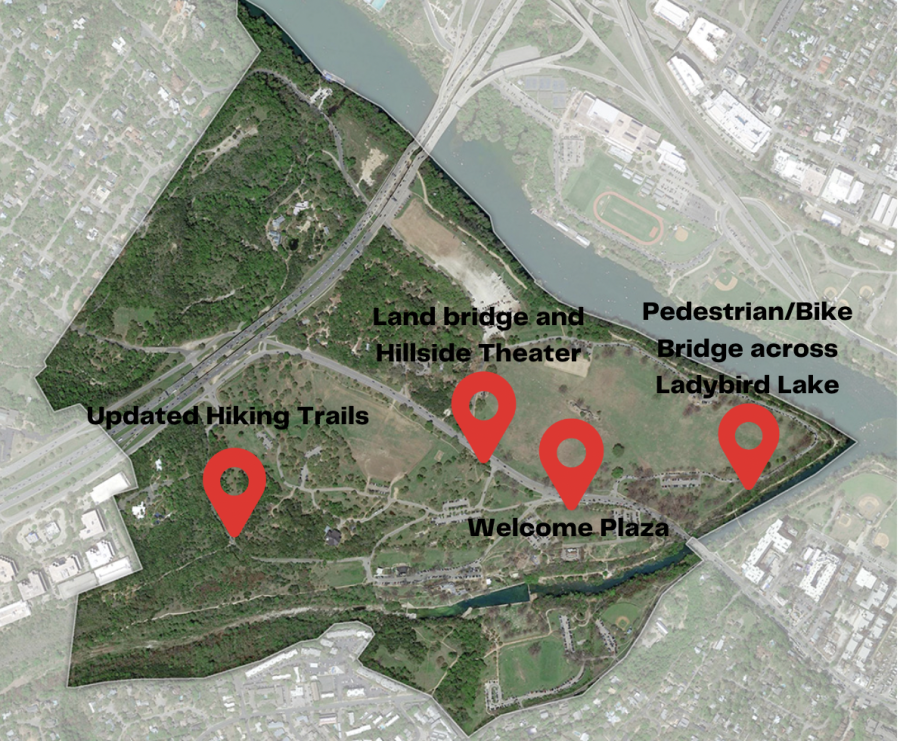
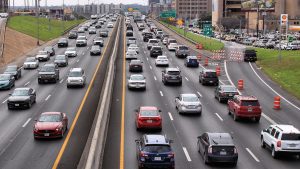


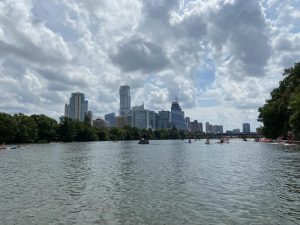

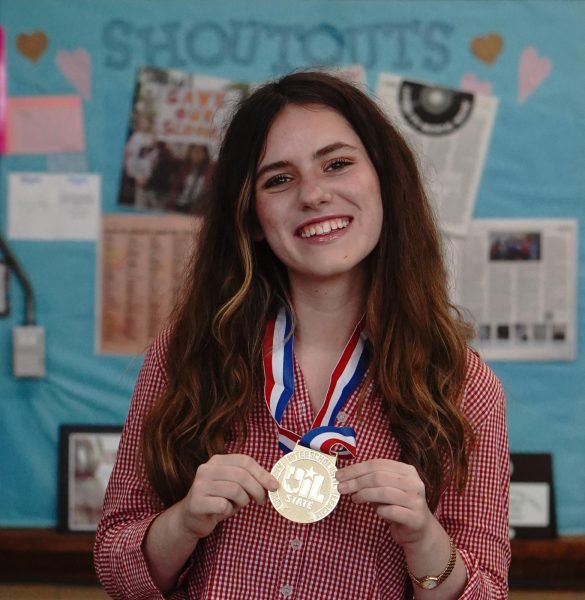

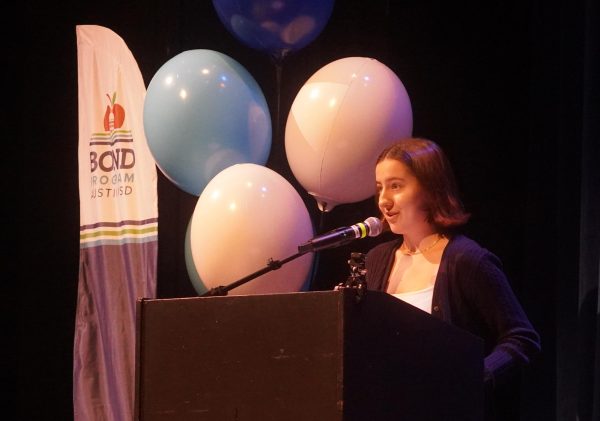
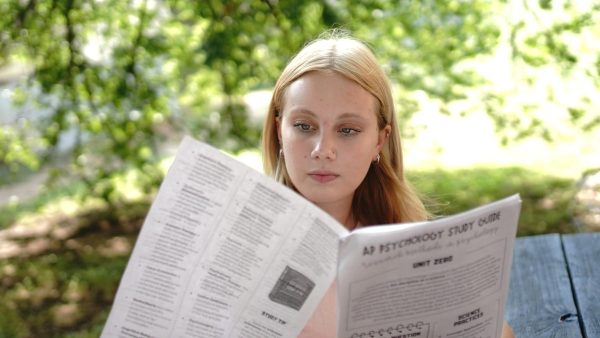
Sharon Bickford • Apr 23, 2023 at 6:06 pm
As one of the contributors to the Zilker Park Vision Plan, I think the article is a little tilted towards the rewild group. I wish the author of the article would have talked with Design Workshop to get more information on what went into the Vision Plan and all the aspects that were explored.
Jordyn Berger • Apr 21, 2023 at 11:30 am
I love this! The structure of this article is fantastic and I loved reading this, I can’t wait for the changes to come to Zilker,
Josephine Fahrenbacher-Martin • Apr 16, 2023 at 11:26 pm
I enjoy how you wrote this and the clear effort put into this. It is a very well-written article and I truly enjoyed reading this while also learning something new about the changes coming to zilker.
Matthew • Apr 14, 2023 at 12:12 pm
I’m glad they’re finally putting some money back into Austin’s premier park. Zilker is one of my favorite spots to visit, and I’m really looking forward to the proposed changes.
Kyan adams • Apr 12, 2023 at 2:49 pm
Really wish this was on the big news, Such an important part of Austin and I really think that rewilding and renovations can fit together.